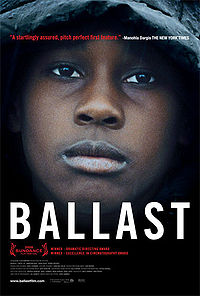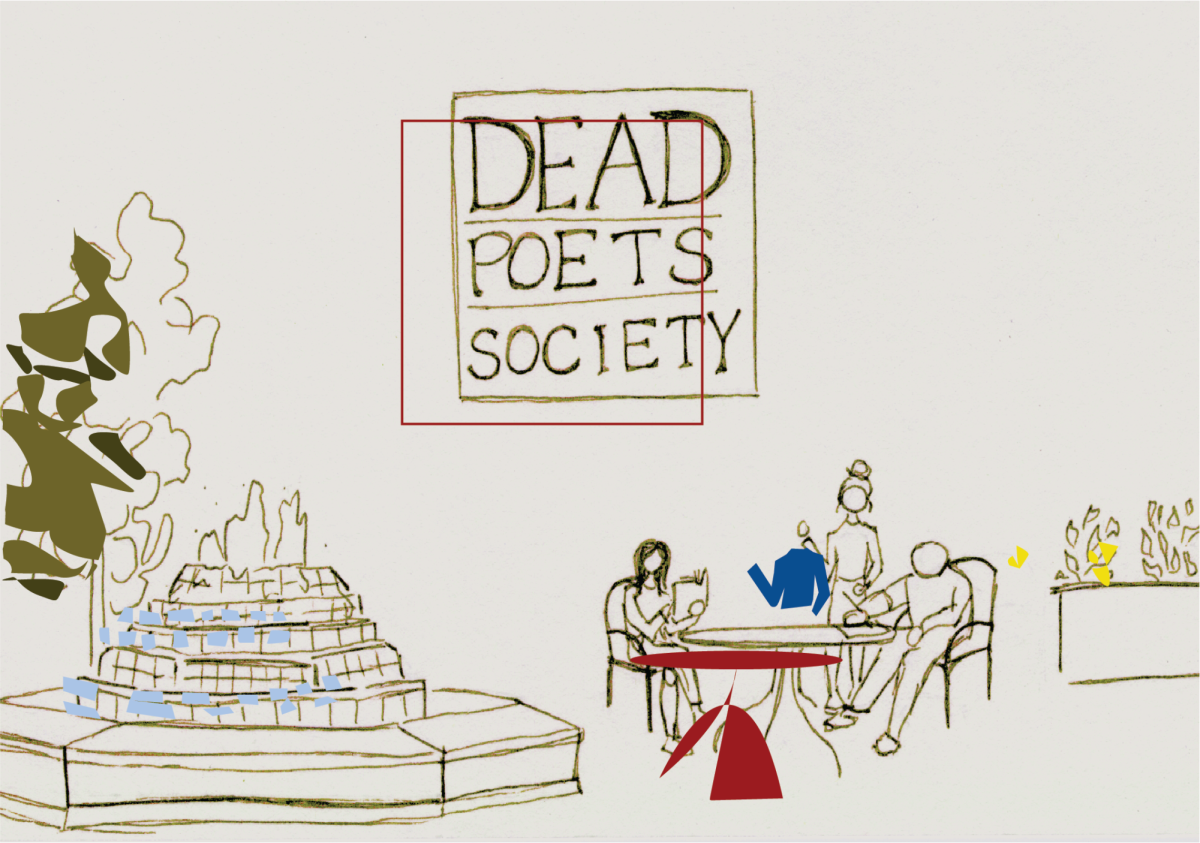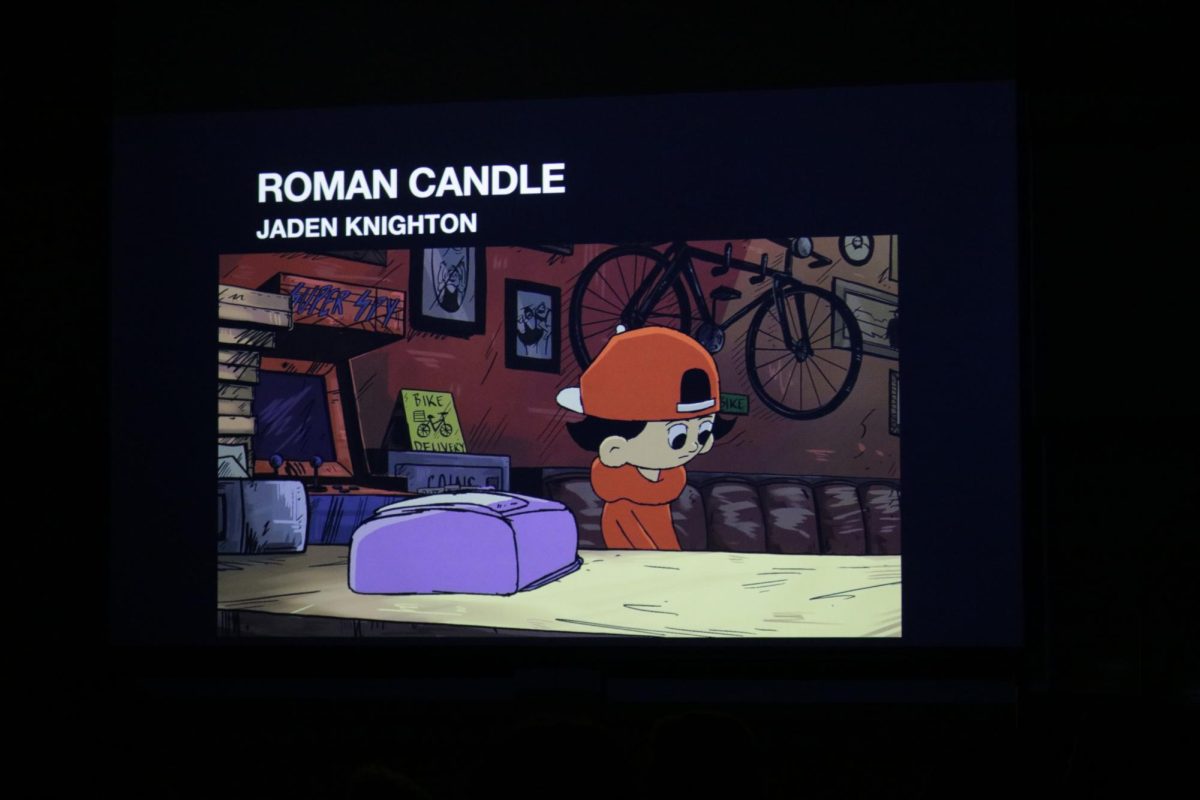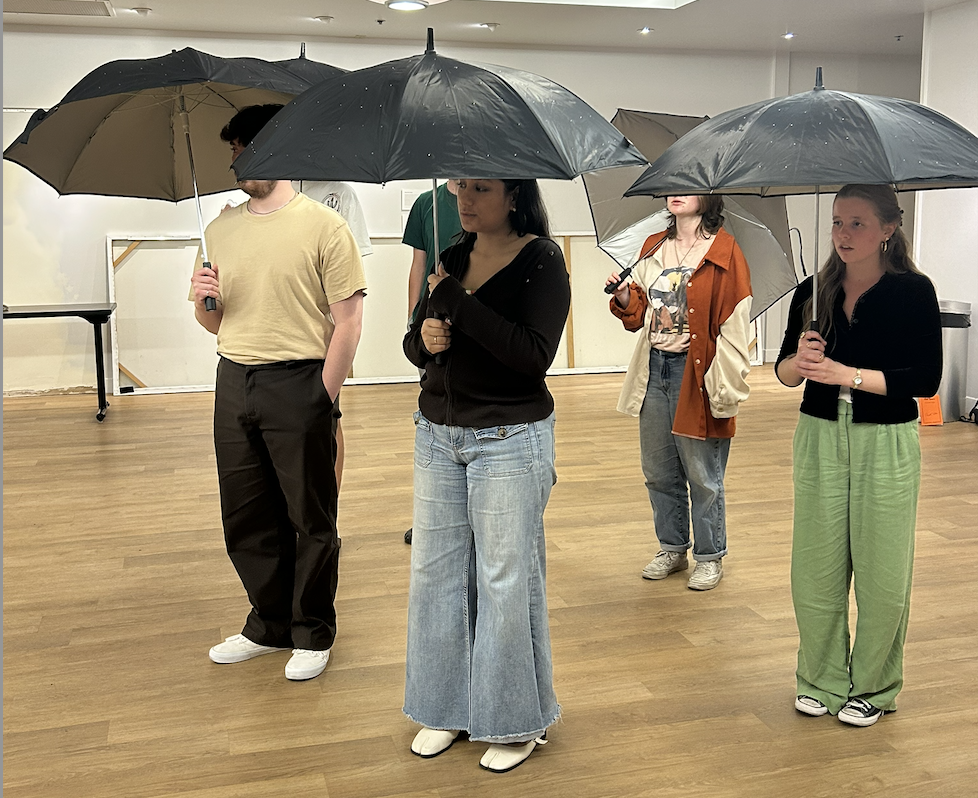Movie megaplexes are filled today with films that have elaborate plots and clear narrative, but “Ballast” is a story about character. The film portrays a simple story woven together by fascinating and nuanced characters. Writer-director Lance Hammer has created an indie triumph in the character-driven classic, “Ballast.”
The film starts in a part of the South rarely seen in cinema, the Mississippi Delta, full of its gloomy grays and earth tones. In this overcast and foreboding locale, we are introduced to Lawrence (Michael J. Smith, Sr.) who is found by a neighbor, John (Johnny McPhail), in Lawrence’s house. He is silent and overcome with emotion because in the other room, his brother Darius had committed suicide by overdosing on pills. This shakes Lawrence to the core and for a long time he is unable to work at the gas station the brothers both run; in fact, he has trouble accomplishing anything. Then we are introduced to James (Jim Myron Ross), a teen who has gotten involved with a group of drug dealers. He runs errands for the dealers and dabbles in drug use himself, but then things go wrong when he finds himself in debt to the dealers. Lastly, there is James’s mother, Marlee (Tarra Riggs), janitor at a local hotel who is barely scraping by. Things get worse as Marlee is laid off and she makes a decision that will connect all three of these characters in a profound way.
The film abruptly starts and abruptly ends; it is a lean film giving us no more and no less than is needed. The film engages the viewer with one specific story of three characters from beginning to end. While this is not the first time that black Southern life has been depicted on screen, it is a unique portrait.
Another major element that sets this film apart is how Hammer trusts the audience to follow and pick up things about the characters and their lives, not in unrealistic, long dialogues, but as the characters interact in everyday life. Hammer has the patience for the story to be revealed in parts, not all at once.
All three of these key differences make this magnificent film one to be treasured. Technically, the film is a marvel. The raw, beautiful cinematography of Lol Crawley makes “Ballast” worthy of the Sundance Best Cinematography Award it received. These visuals drive the story and give a strong sense of atmosphere; in fact, the visual element almost comprises a character in and of itself. Without these visuals, much of the weight and breadth of the story would be lost. Films without musical background have become a bit of a trend, but it completely works in “Ballast.” The editing is so precise that if the film were cut another way, it would be incomplete.
All of the performances shine as some of the best of the year. Each character emotes such authenticity and naturalism that it is hard to find a flaw. This cast of unknowns really delivers in almost every aspect. The acting fits perfectly with the technical elements, creating a film that captures life as it is, nothing more and nothing less. Some may find that parts of the film drag and, admittedly, the film does require some patience. Yet the imperfections are few and far between, and this is a film that should be seen, studied and celebrated for years to come. Hopefully, this is a start to a dynamic filmmaker’s career with many more great films to come.







